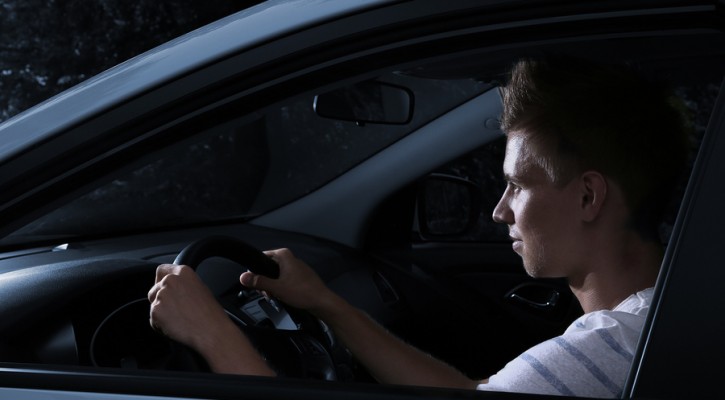Category Archive: Ask the Driving School Instructor

Ask The Driving School Instructor: Why is it illegal for teens to drive late at night?
June 9, 2014
Question: Why is it illegal for teens to drive late at night? With fewer cars on the road it seems like it would be safer.
Answer: The short answer is that teen death rates skyrocket during those hours. There are several reasons for this. One is the lack of driving experience hasn’t exposed young drivers to all the possible hazards they might encounter on the roads and night time driving has its own particular types of hazards. The most obvious hazard is that it’s dark and it’s hard to see things on the road. Another is that there are many more drunks on the road at that time of night and a drunk driver, when confronted with bright lights will tend to drive toward the lights making it difficult to avoid a crash. The third reason is that people are tired and studies show that teens especially, with their busy schedules, don’t get all the sleep they need. Add distracting teen passengers and speed to that mix and the hazards multiply. The graduated driving laws are designed to ease teen drivers into the driving situation and allow them to gain driving experience before being allowed to drive with no restrictions.

Ask The Driving School Instructor: Most Dangerous Type Of Road
June 3, 2014
Question: What is the most dangerous type of road to drive on?
Answer: Most people assume, because of the high speeds involved, that interstates or freeways are the most dangerous type of road but they aren’t. The most dangerous type of roads for all drivers but especially for teens are two-lane country or rural roads. Fifty-seven percent of teens killed in traffic crashes die on rural roads.
The reason that rural roads are so dangerous is that they are usually narrow and tend to curve and wind and can also be hilly. These types of roads leave very little room for escape in an emergency. At night they can be especially dangerous because it is hard to see curves or other hazards ahead.
Often drivers drive too fast on these roads and, even though there are usually signs pointing out a curve ahead, they enter the curve at too high a speed and can’t keep the car on the road. If a driver is distracted and drives off the side of the road, there is usually little or no room to recover. Drivers also can become frustrated when stuck behind slower vehicles ahead and that may lead them to take stupid chances such as passing in a no-passing zone where they can’t see the road ahead.

Ask The Driving School Instructor: Parking During The Driving Exam
May 19, 2014
Question: Will I have to parallel park during my driving exam?
Answer: As far as Florida driving tests go, parallel parking is rarely tested however; you will be required to pull into a parking space marked by traffic cones on either side. If you hit one of the cones either when pulling into the space or backing out, it will be considered as an automatic failure. Remember to use your turn signal to indicate which way you will be turning when entering or backing out of a parking space. You will also be tested on where to turn your wheels when parking on a hill, with or without a curb. Since Florida doesn’t have too many hills to perform this maneuver on, you may just have to explain to the driving examiner how you would turn your wheels when parking on a hill.

Ask The Driving School Instructor: Driving Solo On A Learner’s Permit
May 12, 2014
Question: I heard that it is legal to drive solo to school and back on a learner’s permit; is this true?
Answer: No. Almost every state in the US requires that a driver holding a learner” permit be accompanied by a licensed driver over the age of 21 in the passenger seat at all times while driving. Short trips to the store and driving to school and back are not allowed and could lead to suspension of your license.

Ask The Driving School Instructor: Can I legally drive in other states on my learner’s permit?
May 5, 2014
Most states have what are known as “reciprocal agreements” meaning that a driver’s license in one state will be honored in other states. The one exception when it comes to learner’s permits is the state of New York. Under New York law, you cannot qualify for a learner’s permit unless you are 16 years of age. That means, even if you hold a valid learner’s permit from another state, if you’re under the age of 16, you’re not allowed to drive in New York.
Even if your learner’s permit is honored by other states, you must still follow the driving laws of that state and many states have learner’s permit laws that may be stricter than those of your home state. Before traveling to another state, you should look up the driving handbook for that state and see what type of restrictions that state may have for drivers on a learner’s permit. Almost every state has a requirement that you be accompanied by a licensed driver over the age of 21 who sits in the passenger seat next to you.
